© ROOT-NATION.com - Use of content is permitted with a backlink.
First of all, I would like to draw your attention to the fact that “studio” headphones do not mean the best, the coolest or the highest quality. This is a specialisation that entails certain, and quite striking, features. For example, let’s take OneOdio Monitor 80, which I have been using for three months now.
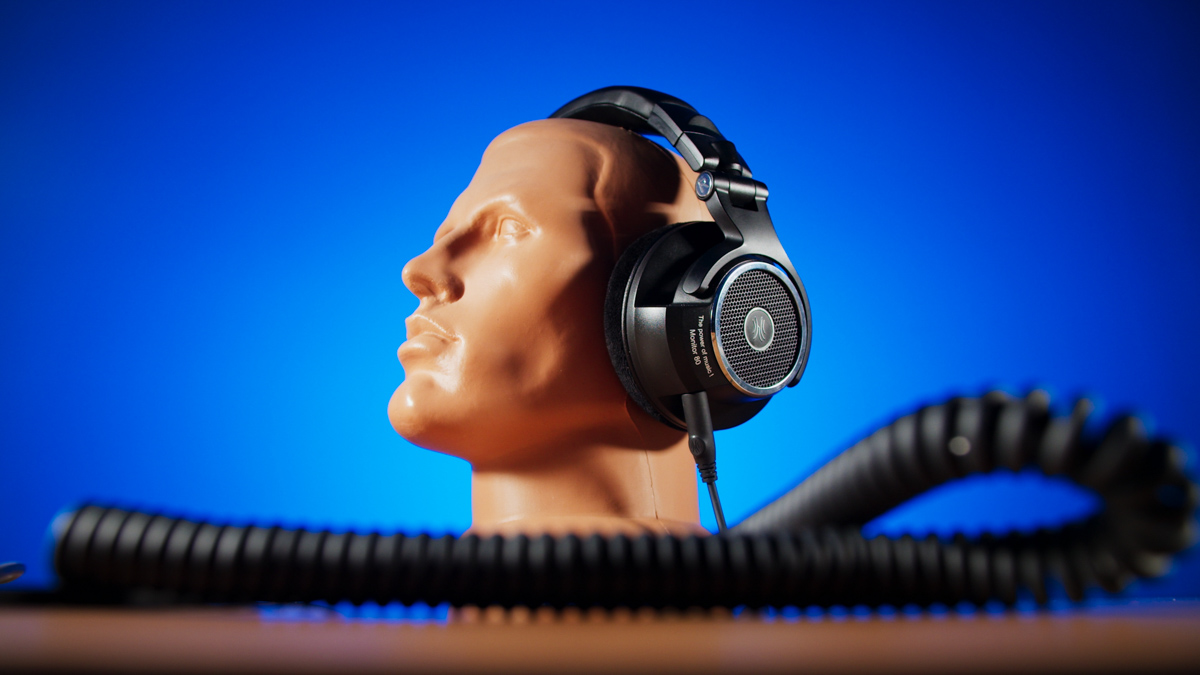
Market positioning
The price of studio headphones is usually higher than that of ordinary mainstream ones. And in OneOdio’s arsenal, the Monitor 80 model is indeed one of the most expensive, costing… about $100.
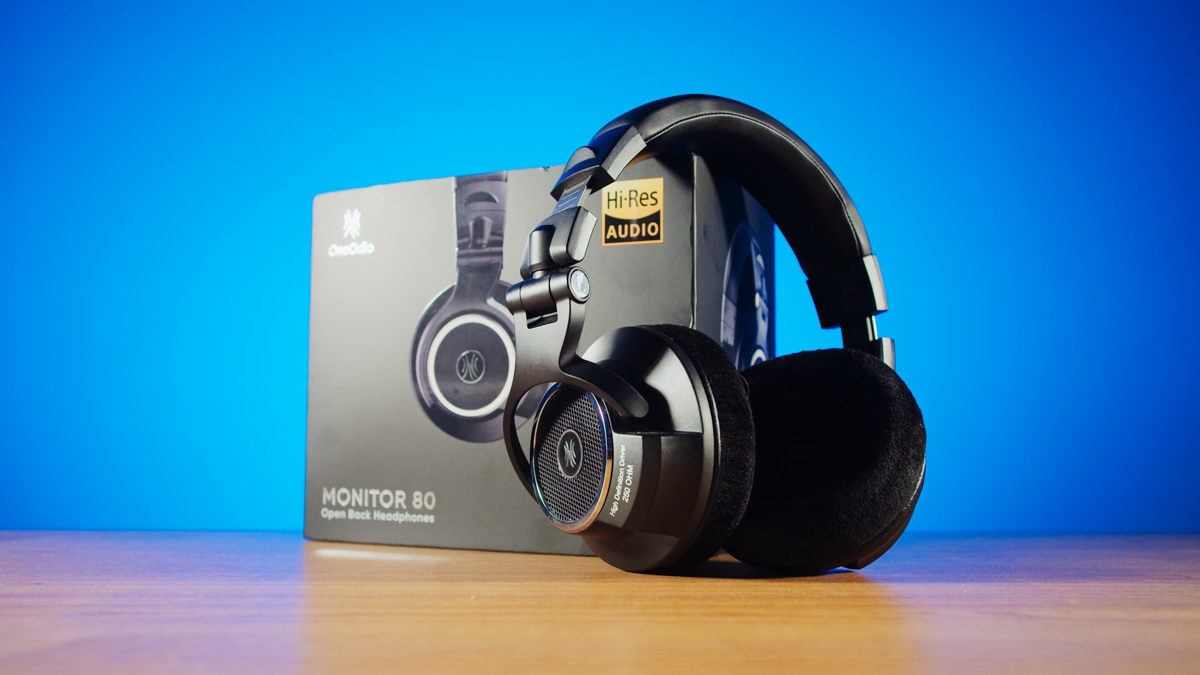
It doesn’t look like much, but no one said it was a luxury brand. Besides, they have wireless models. And I’ll be happy to check them out next time.
Package contents
The OneOdio Monitor 80 comes with a cool and sturdy travelling case with two cables in a fabric pouch. One is a twisted 3.5 mm to 6.3 mm cable, the other is a straight 3.5 mm to 3.5 mm cable.
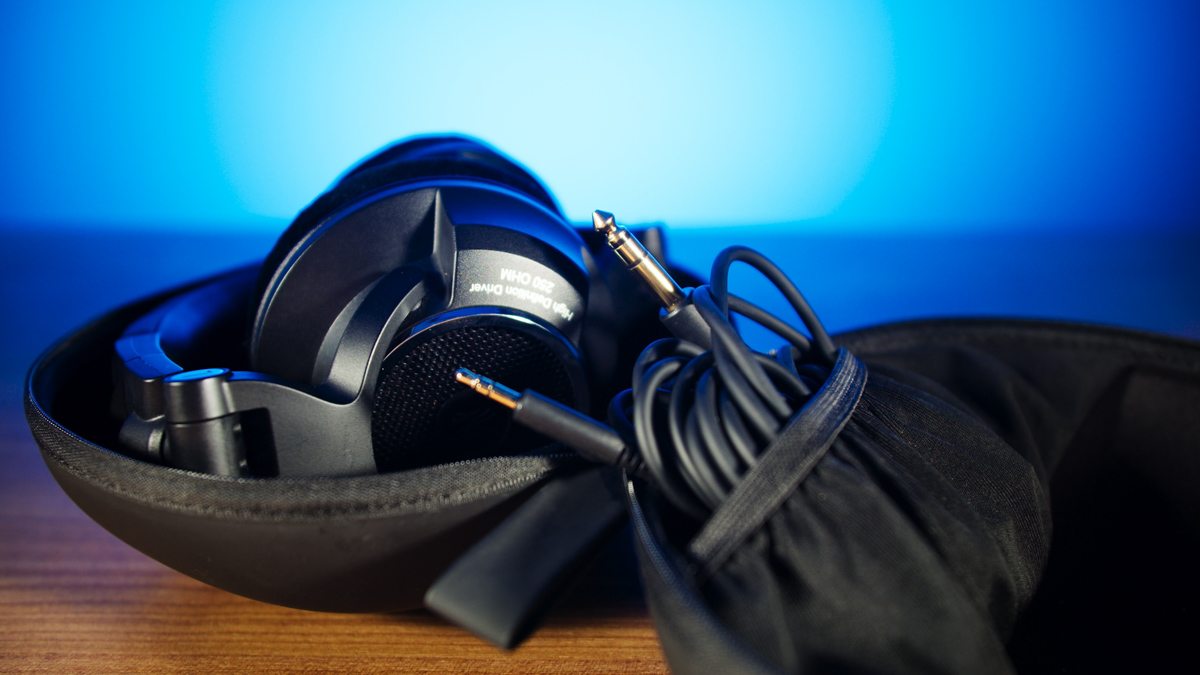
Appearance
And the headphones themselves. Massive, with velour cups, they fold compactly and look very solid.
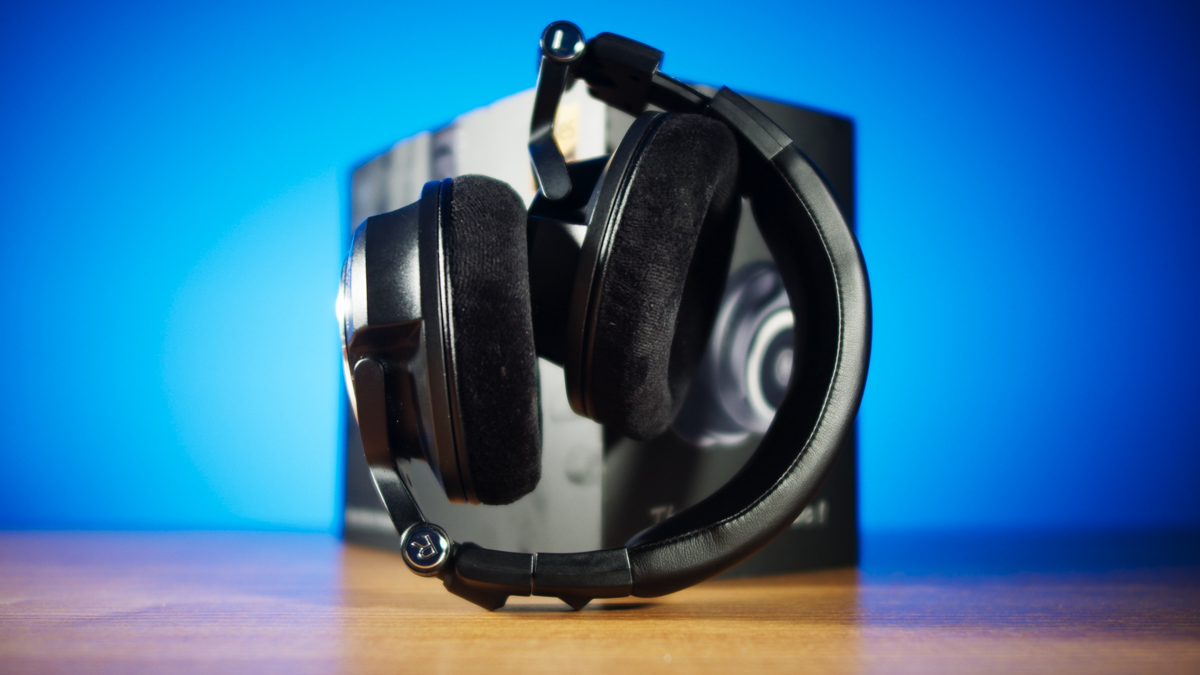
Among the interesting things, I highlight the text about 250 ohms on one cup, as well as silver design details and soft headband and ear cushions.
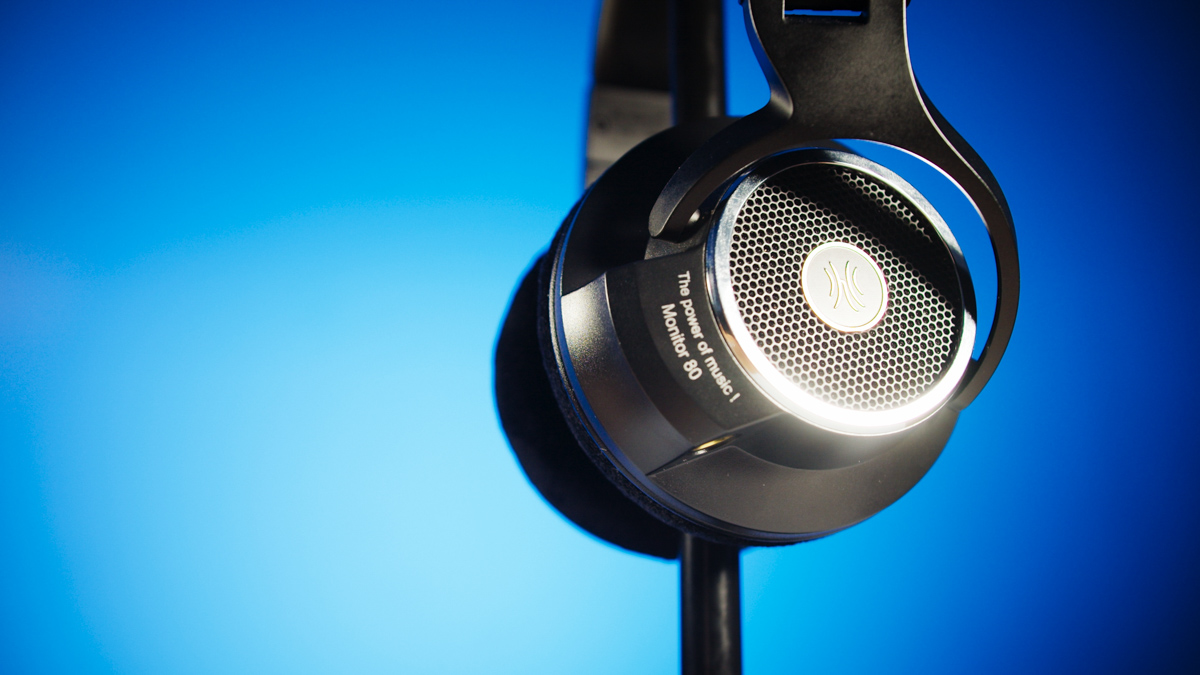
I also pay attention to the perforation of the outer side of the cups. It’s not a fake, the headphones are of the open type. Actually, this is one of the qualities of studio models, which does not require isolation, but on the contrary – the most natural acoustics.
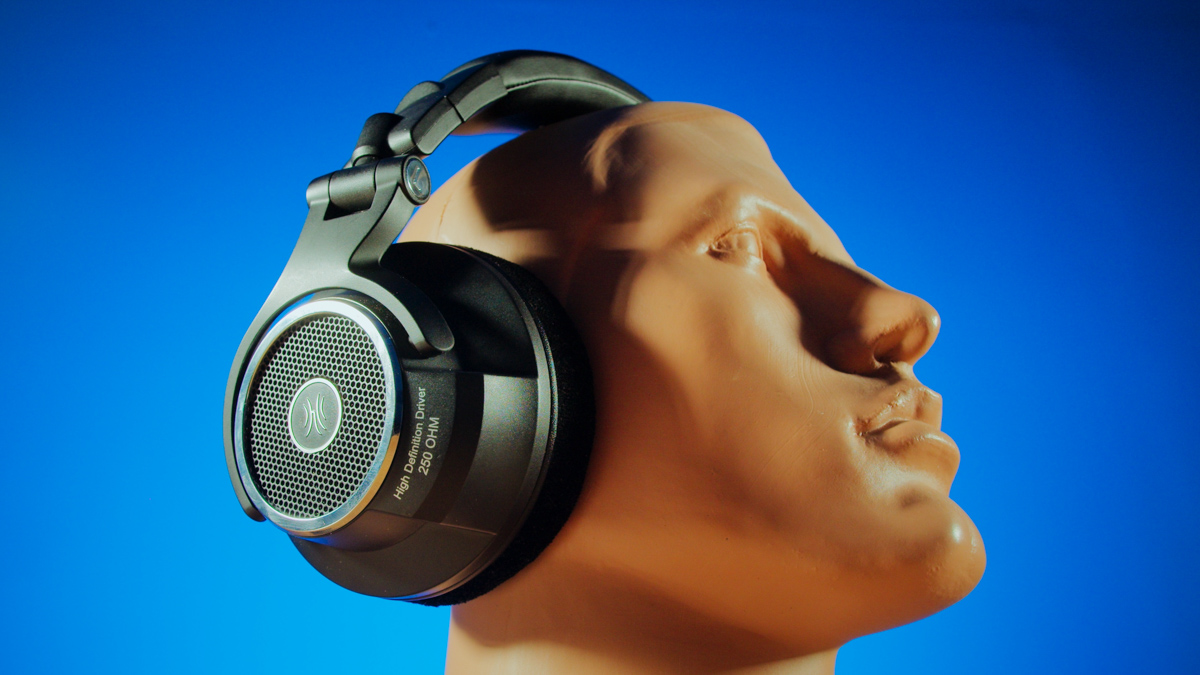
I’d also like to mention the only thing I didn’t like about the headphones. This is the quality of the rotation and bending controls. They squeak quite a bit when the headphones are actively moving on your head, and due to the openness of the model, the squeak is clearly audible.
Technical specifications
Back to the good stuff – OneOdio Monitor 80 peripherals consist of 3.5 mm and 6.3 mm jacks. This is not a huge advantage, but it adds versatility to the model.

As for the characteristics. Drivers here are 40 mm, sensitivity is 100 +-3 dB, frequency response is from 10 to 40 000 Hz, distortion is less than 1%. Maximum input power is 1600 mW, impedance is 250 Ohms. And the weight is just under 300 g.
What are studio headphones better than headphones?
For me, studio headphones are a curiosity and a curiosity, unusual and very rare. Therefore, I decided to go through the reviews of this model from the experts, and I am very glad for that. For example, the OneOdio Monitor 80 looks like Audio Technica’s M50x and Beyerdynamic DT 770 at the same time.
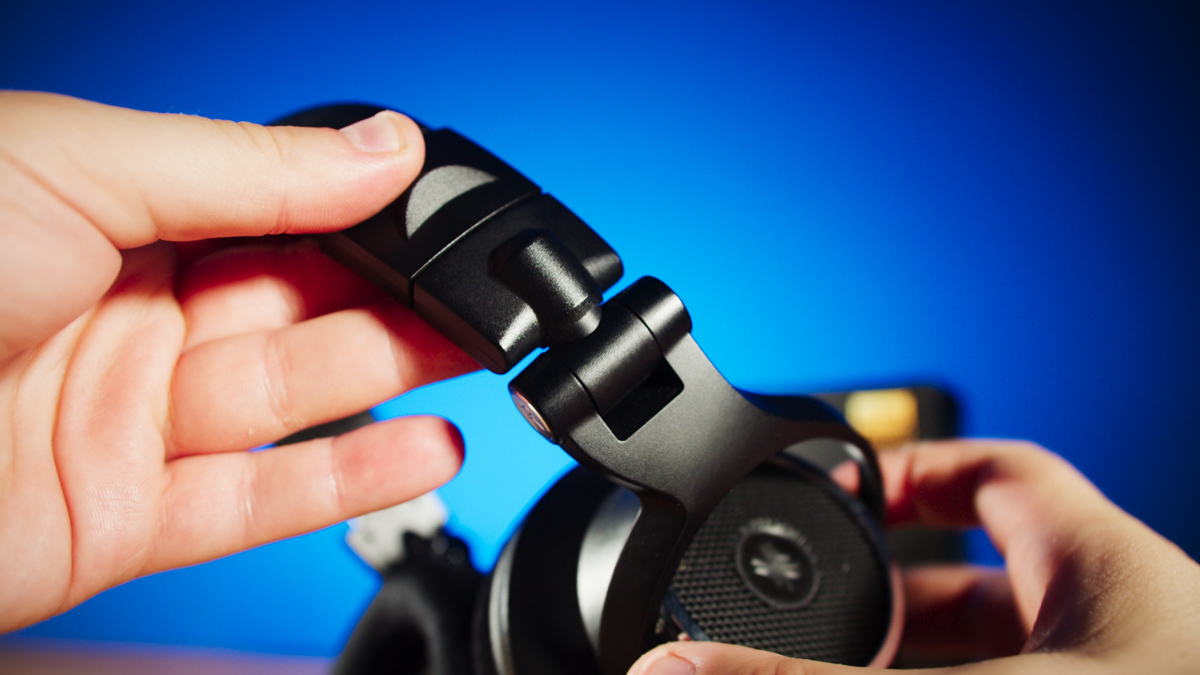
However, I knew one thing even before reading the reviews. OneOdio Monitor 80 will not produce the lushest sound in the world. Neither the biggest bass, nor the brightest vocals, nor the clearest highs. It’s not because the model is bad – it just doesn’t have the right to, because it’s a studio model.
Read also: Sennheiser MKE 600 review: The legendary cannon microphone!
That is, as dry, grey, balanced as possible, but at the same time three-dimensional, detailed and honest. Where are studio headphones used? In studios, where honesty and transparency are required to maximise the quality of music mixing.
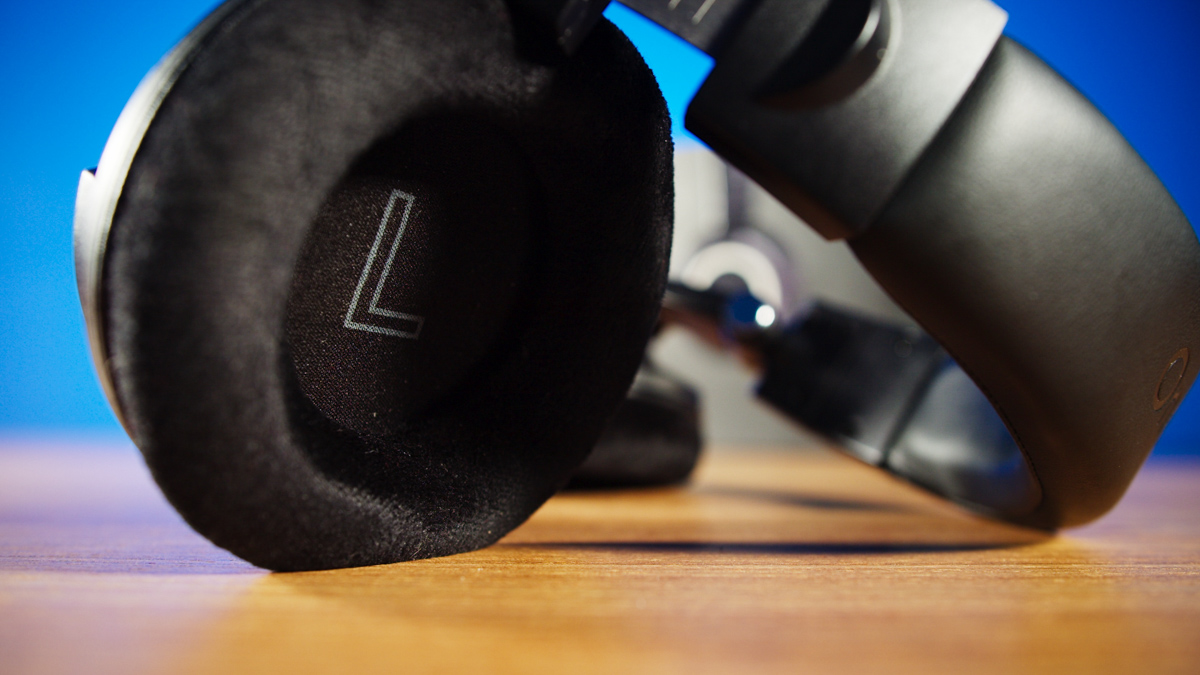
In my case, OneOdio Monitor 80 is used to process audio on YouTube. Because I’ll tell you a secret – audio quality for video content is much more important than the picture. And it is much more difficult to achieve.
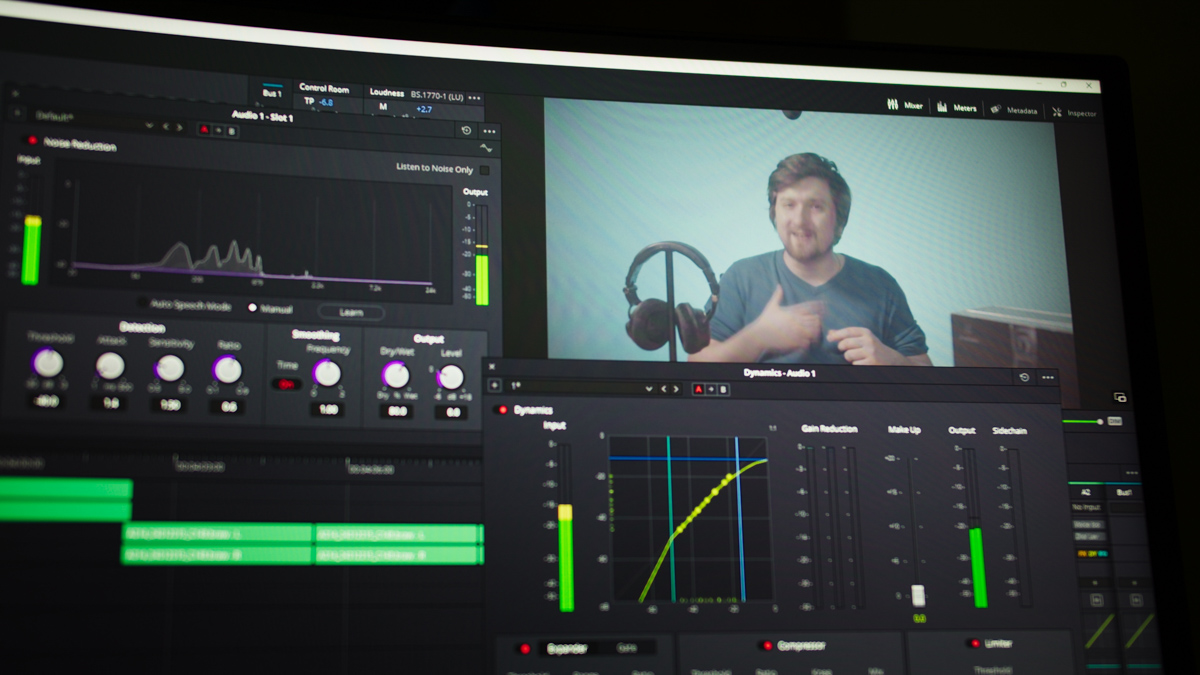
Therefore, yes, these headphones should be as neutral, natural and balanced as possible – which, by the way, they ALMOST manage to do, because at the highest frequencies there is a slight drop.
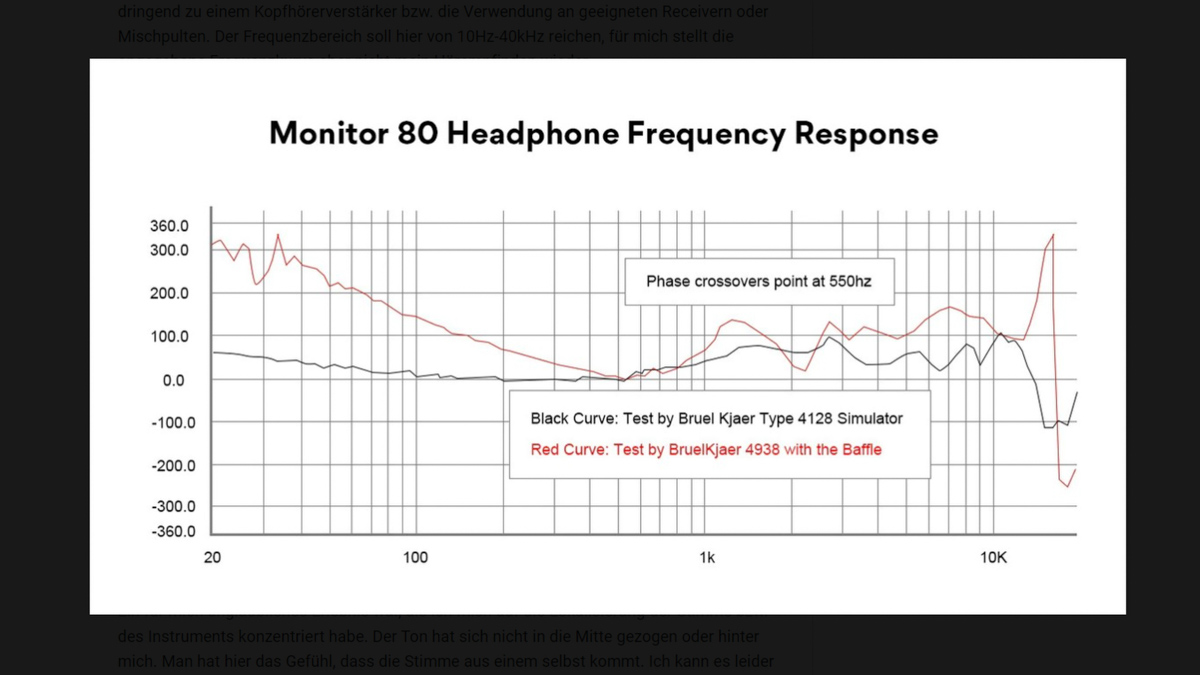
In addition, the 250 ohm impedance almost obliges the use of an amplifier if you still need to open the headphones to the fullest. For me, the Orico SC1 USB headphone was enough, but I would gladly test the headphones with something like the EPOS/Sennheiser GSX 1000.
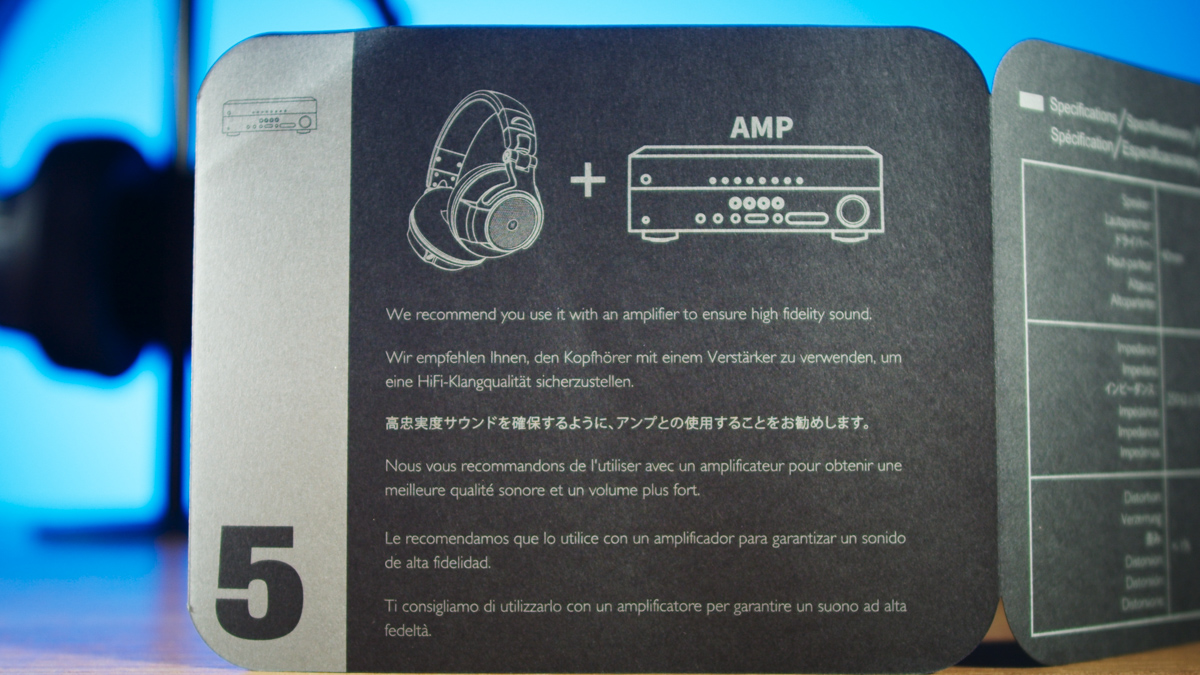
I think it’s obvious why I didn’t. After the 24th, it turned out to be… problematic to get samples for testing the headphones, so to speak.
Conclusions
This is the most commercialised model I have ever used. And I will not recommend it to everyone. Someone because of the open type and lack of sound insulation. Someone – because of the frankly boring frequency response. And someone will be mad at the quality of the plastic.
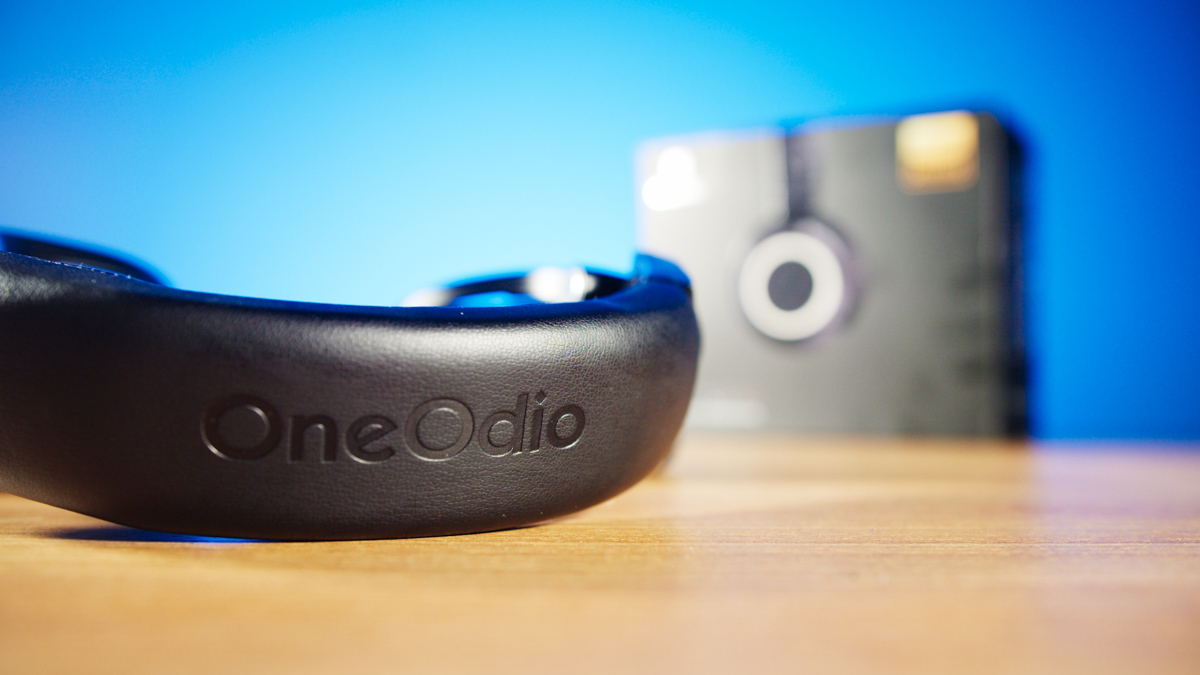
But objectively, only the quality of the plastic can be attributed to the disadvantages, and even obvious ones, because for $100 you are unlikely to find such a clear and reliable model for sound processing. And the joke is that OneOdio Monitor 80 is a money-making headphone. And a very, very profitable investment.
Video about OneOdio Monitor 80

Read also:
- Meze 99 NEO review: Aesthetics and elegance of sound
- MOTO XT500+ headphones review: Better at home
- Apple AirPods Pro 2 vs Huawei FreeBuds Pro 2: which headphones to choose?

